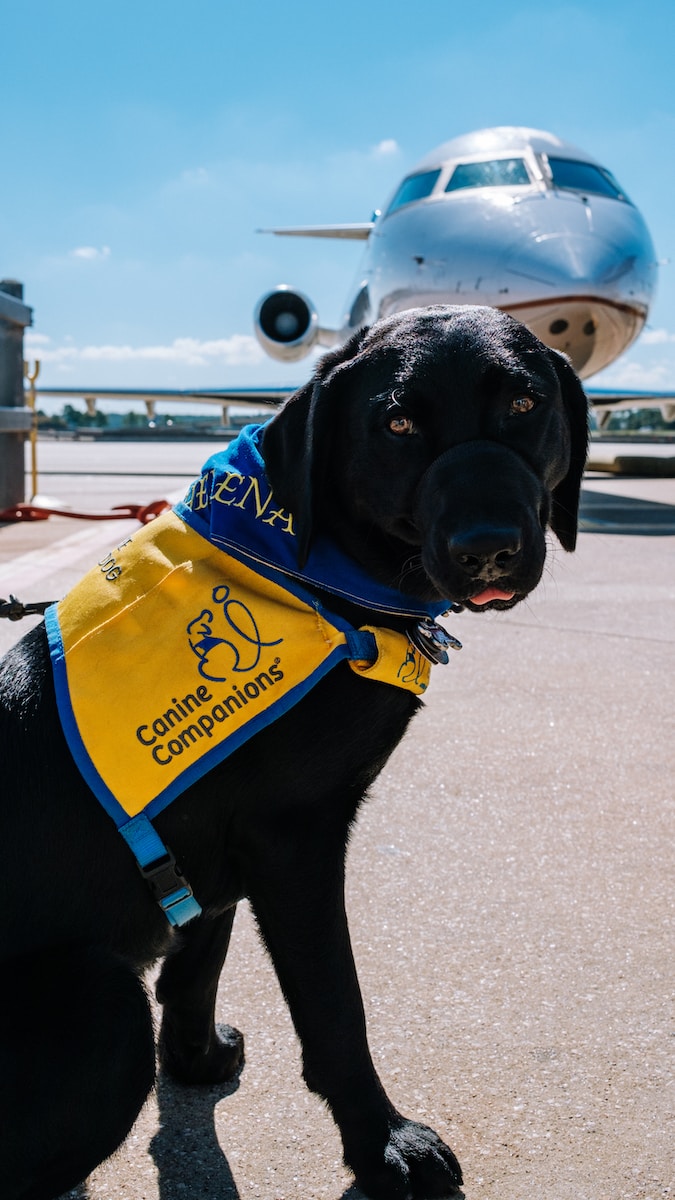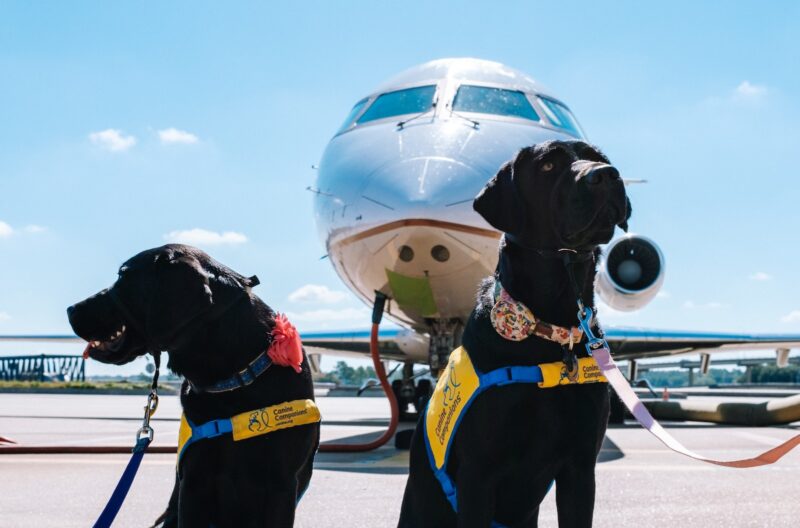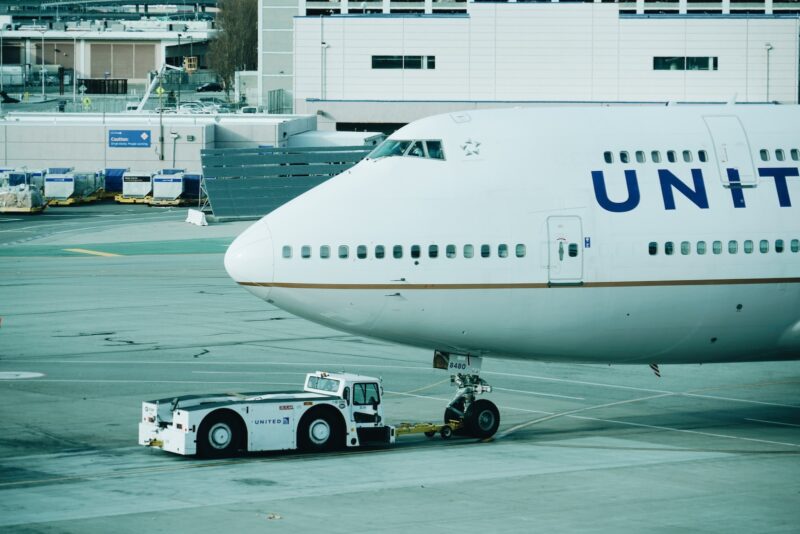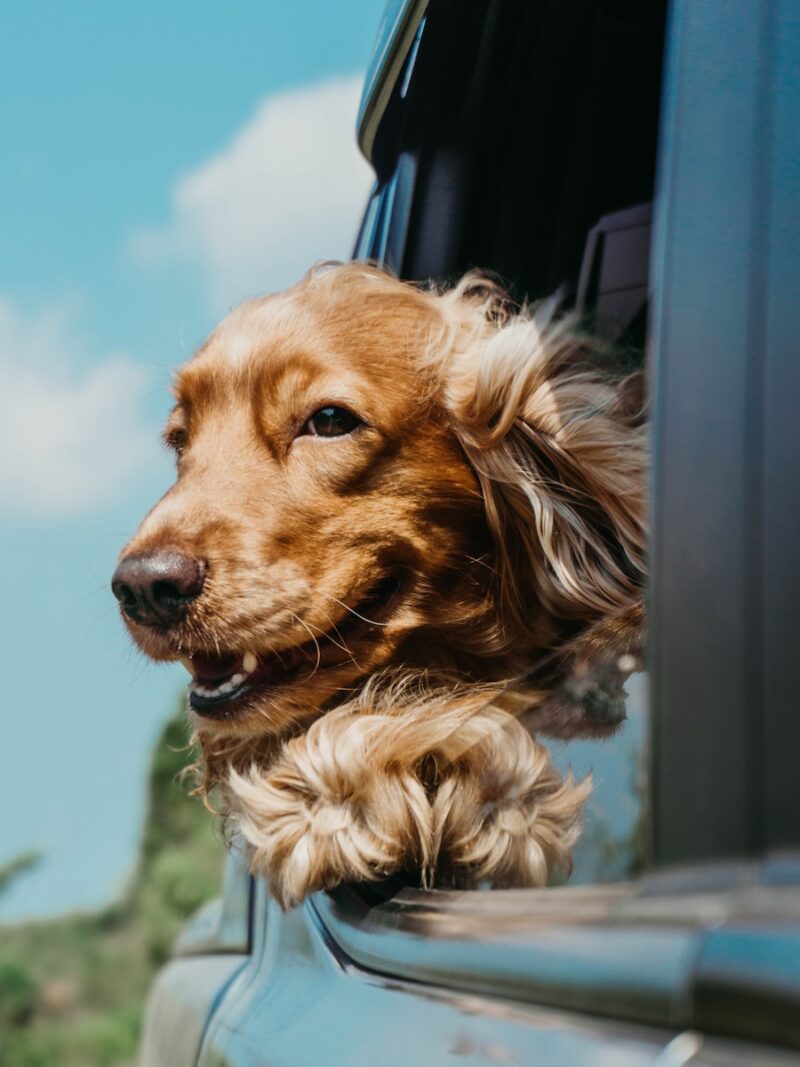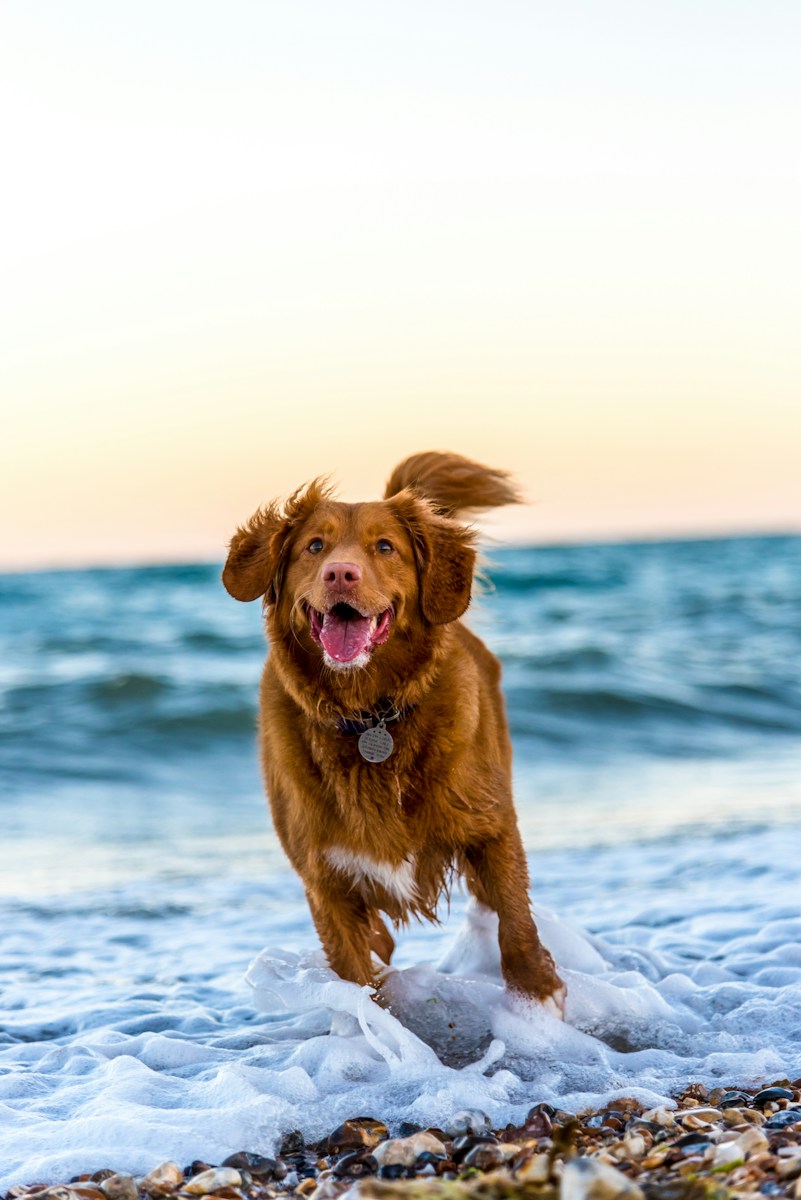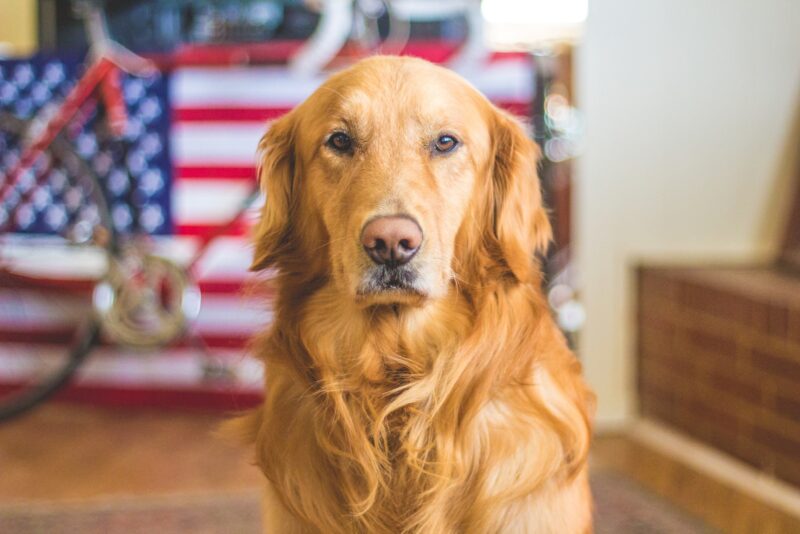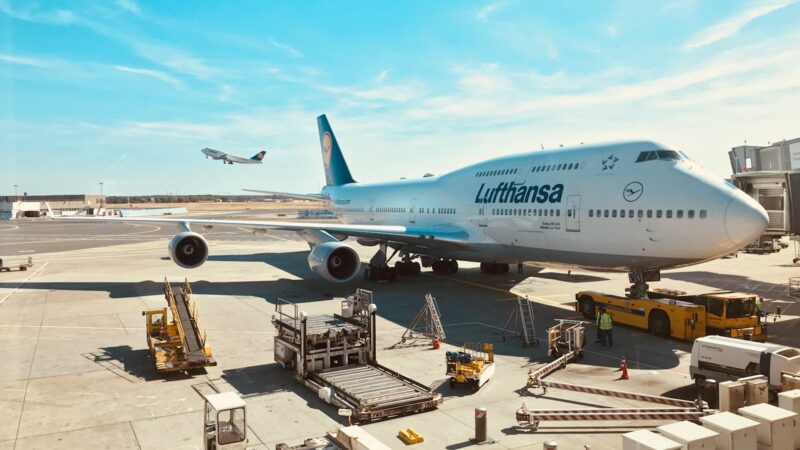Table of Contents
ToggleFlying with a Pet
Flying with a pet can be an extremely stressful undertaking. Some people hate to leave their pets behind when they go on vacation; some people can’t leave their pets behind. Or perhaps you’re moving somewhere across the country, making flying with a pet necessary. Whatever the reason, flying with a pet can be a daunting task. But don’t worry, we are here to help! In this article, we’ll provide vital tips that will make flying with a pet much easier. We’ll also provide relevant information for individual airlines for flying with a pet.
Tips for a Seamless Pet Flight Experience
- Plan Ahead: Ensure every detail is sorted prior to departure to avoid stress.
- Consult a Vet: Visit your veterinarian to certify that your pet, service animal, or emotional support animal is fit for travel.
- Carrier Training: Familiarize your service dogs or pets with their carriers well before the flight.
- Understand Regulations: Research airline policies regarding pet travel, service animals, and ESAs (emotional support animals).
- Flight Selection: Opt for direct flights to reduce strain on you and your traveling companion.
Understanding Major Airlines’ Pet Travel Guidelines
Delta’s Options for Flying with a Pet
On Delta flights, limited space for pets in the cabin is available; thus, reserve early. In the main cabin, the limit is four pets, while first and business classes allow two each.
- Cabin Travel: Pets at least 16 weeks old may fly if they fit in a carrier. Two pets from the same species and size can share one. In-cabin fees are $95 domestically and $200 internationally each way.
- Cargo Travel: Currently, a global embargo on pet shipments affects Delta Cargo, with exceptions for active U.S. Military and Foreign Service Officers.
United’s Canine-Friendly Flights
United permits dogs in the cabin, with a two-dog limit. Ensure to book your pet’s spot 30 days to 5 days before departure.
- Cabin Travel: Small pets in a crate can fly if tucked under the seat before you. One adult dog per crate incurs a fee of about $125 each way.
- Cargo Travel: United has discontinued the pet cargo option, except for specific U.S. Military and State Department personnel on duty.
American Airlines’ Pet Accommodations
With American Airlines, advanced booking is key due to limited spots for pets in the cabin.
- Cabin Travel: Dogs and cats are allowed with a carrier weight of 20 pounds max. A pet fee of $125 per kennel is required for flights.
- Cargo Travel: Checked pet service is exclusive to active-duty U.S. military and U.S. State Department Foreign Service personnel.
Southwest’s Policy for Flying with a Pet
Southwest Airlines allows small dogs in-flight with a strict cabin-only policy. Book immediately upon confirming your travel plans.
- Cabin Travel: One pet carrier, fitting under the seat, is permitted per guest. The fee is $95 each for in-cabin carriers.
JetBlue’s Approach to Flying with a Pet
Reserve fast with JetBlue since they strictly limit four pets per flight. Each traveler may bring one pet with some exceptions.
- Cabin Travel: On JetBlue, small cats and dogs can accompany you for $125 each way, ensuring their carrier fits under the seat and stays within a 20 pounds maximum weight limit.
Hawaiian Airlines’ Policy for Flying with a Pet
Hawaiian Airlines offers options for both cabin and pet cargo travel. Booking in advance is crucial for all pet travel options.
- Cabin Travel: Small pets are welcome in the cabin with a $125 fee each way between Hawaii and North America or $35 within Hawaii, complying with size and weight limits.
- Checked Baggage: Cats, dogs, and household birds may be checked if under 70 pounds combined weight, costing $225 each way.
Preparing for In-Cabin Pet Travel
Veterinary Check-Up Before Flying with a Pet
Ensure your pet’s readiness for air travel by scheduling a health evaluation with your veterinary specialist. Address any potential air travel issues and secure the necessary vaccination and health certification to avoid quarantine challenges.
Confirming Pet Reservation
Airlines have limited space for carry-on pets in the main cabin, so making reservations well in advance is crucial. This ensures your small dogs or household birds can travel with you.
Opting for Direct Flights When Flying with a Pet
Booking a direct flight can lessen travel stress and reduce the duration your pet is confined in their kennel. Aim for during-the-week travel when airports are typically quieter.
Selecting the Appropriate Carrier
Check airline guidelines for pet carrier dimensions to ensure it fits as a personal item under the seat, affording your cats or other pets ample space to adjust and sit upright. Choose a carrier with secure locks and a comfortable design.
Acclimating to the Crate
Crate training well before the flight will associate the crate with safety rather than fear, reducing anxiety during transit. Regular training can make the carrier a familiar and reassuring environment for your pet.
Guidelines for Managing Pets During Airport Travel
Acclimatize Your Pet to the Carrier
To pave the way for a stress-free journey, equip your pet’s carrier with a comfortable lining such as an absorbent pad. Ensure you pack sufficient food and water, with a little extra to cover unforeseen delays. Prior to leaving for the airport, dedicate some time to engaging with your pet, as this can help relieve any anxiety they may experience during the voyage.
Timing Your Arrival and Pre-planning
It’s wise to reach the airport a couple of hours before your scheduled departure. This window allows your pet to unwind and become familiar with the surroundings. Have a strategy ready to manage unexpected wait times, including knowledge of where you can locate pet relief areas for your companion’s comfort.
Ensure Airline Check-In for Your Pet
Even if you’ve completed an online check-in, it’s mandatory to check in at the airline counter when accompanied by a pet. Confirm that the airline has a record of your pet accompanying you. Use this opportunity to ask for details about pet relief stations and directions to your departure gate.
Understand Airport Pet Regulations
Abide by the Federal Aviation Administration (FAA) regulations, keeping your pet securely in the carrier while navigating the airport. You are allowed to remove your pet from the carrier only during security checks and when utilizing the pet relief zones.
Post-Arrival Proceedings for Flying with a Pet
Before flying with a pet, it’s important to make the arrangements for what happens once you land at your destination. Research in advance the locations of pet relief areas within the arrival airport and arrange for pet-friendly transport options to your next stop.
Common Questions About Flying with a Pet
Guidelines for Pets in the Cabin for International Air Travel
When flying internationally with your pet in the cabin, you must check the specific requirements of the airline and the destination country. Generally, pets must be in an approved carrier that fits under the seat in front of you. Each country may have its own health, vaccination, and quarantine regulations, so it’s vital to do the following:
- Verify the regulations: Contact the embassy of the destination country for current pet travel guidelines.
- Consult with the airline: Airlines often have breed and size restrictions, so confirm your pet complies with their rules.
- Prepare the necessary documents: Ensure you have all required health certificates and proof of vaccinations.
Airlines Welcoming Larger Pets in the Cabin
Most airlines have a limitation on the size of pets allowed in the cabin, primarily accommodating only small to medium-sized pets. However, some airlines offer specialized services for larger pets:
- Research specific airlines: Policies vary, and while rare, some airlines may allow larger pets in the cabin, usually under a service animal or emotional support animal designation.
- Check for pet travel programs: Some carriers might have unique programs for large pets, but they usually travel as cargo.
Typical Costs for Flying with a Pet
The cost of flying with a pet can vary widely based on various factors. Here’s a general idea:
- Ticket fees for your pet: Depending on the airline, you might be charged an additional pet fare typically ranging from $50 to $250 one way.
- Carrier costs: If you don’t have one, you’ll need to purchase an airline-approved pet carrier, which can cost $30 to $150.
- Health certificates and vaccines: Veterinarian visits for necessary travel documents and vaccines can add to your costs.
Be proactive about researching and preparing for your trip to ensure a smooth experience for both you and your pet.



